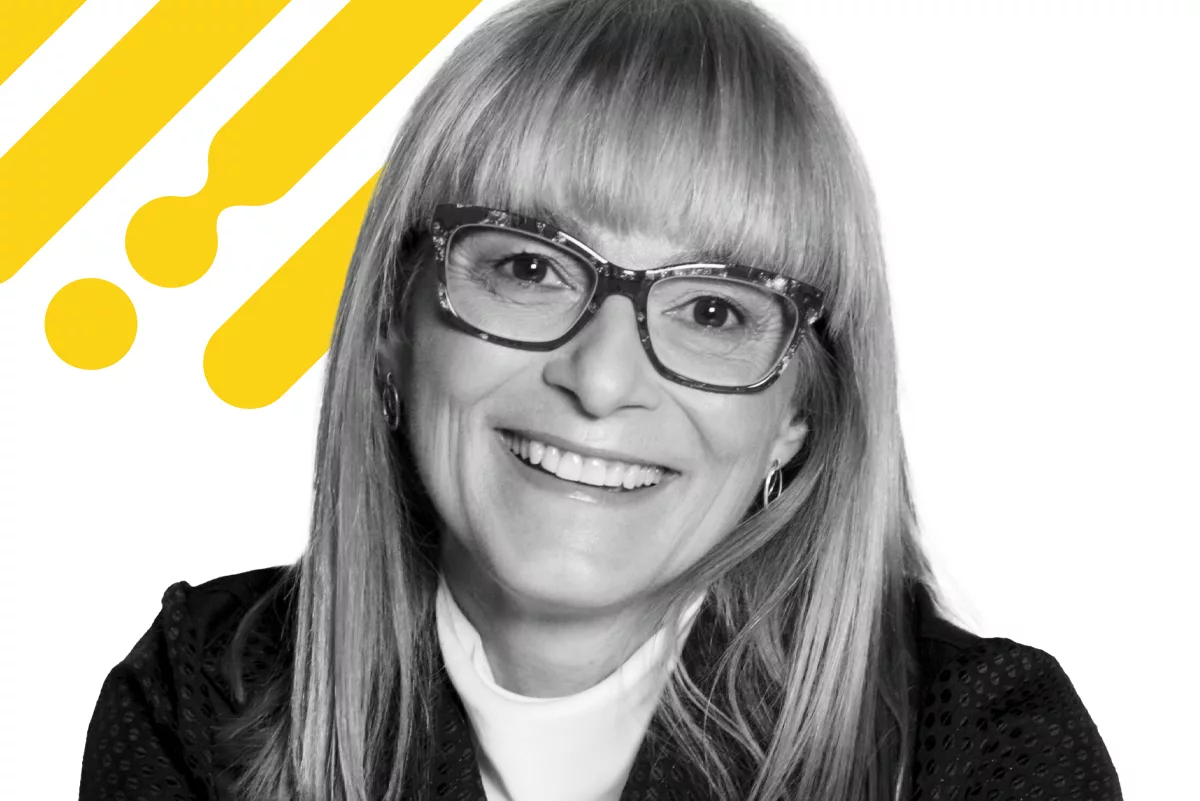Reflecting on the Past Year | Neuroscience: A Valuable Ally
The end of the year is a period of self-reflection. It starts off as a reflection on our work achievements, but always winds up being personal. Taking stock of our personal accomplishments can get us excited about the future. We reflect on what we have learned; we appreciate what we have; we think about what really matters. It’s a chance to zoom in but also to zoom out. We wind up with a to-do list and a pile of resolutions that are often more ambitious than last year’s.
But what if the secret to self-improvement was to do nothing?
In a time when everyone is talking about mindfulness, it might not occur to you to avoid focusing on one thing—not even your breathing—and to simply let yourself savour the downtime and let your mind wander.
This year, neuroscience may be a part of your year-end review
The article We’re Doing Downtime Wrong from Neuroleadership.com discusses the advantages of downtime. According to the author, “downtime” is when you’re not “making a decision, thinking through the solution to a problem, or using your working memory to make sense of new information.”
Note that your brain networks—the central executive network and the default mode network—cannot be activated at the same time. On the one hand, the central executive network is activated when you are focusing on a task. On the other hand, the default mode network kicks in when you are resting or letting your mind wander—and this network just so happens to be the one that fuels your imagination and creativity.
In other words, doing nothing is not a waste of time
To find balance and start the new year on the right foot, we should be working on our psychological and neurological flexibility. Soliciting both of our brain’s networks will allow us to uncover new strategies.
In other words, putting our past on paper and thinking about the future will help us establish where we are going. Of course, there is nothing wrong with setting lofty goals as long they are attainable. Once you have established your goals, break them down into simple, easy, and measurable actions, and let yourself get excited about the challenge.
Here’s how.
1. Take the time to dig deep
Prepare a few questions and write down the first answers that come to mind. For example, you could ask yourself the following:
- What are you most proud of? Least proud of?
- Which of your strengths or skills came in especially handy this year?
- Are you where you want to be?
- What have you learned?
- What do you need to achieve in the next year to feel proud of yourself?
2. Take some downtime and let your mind wander
Find a meditative activity and let your mind drift aimlessly for at least 20 minutes. Disconnect from technology. Try looking out the window, going outside to enjoy nature, taking a stroll in a park or the woods, spending a few minutes after your workout doing nothing, soaking in the bath, etc.
Now take some time to reflect on what happened.
- How was your experience?
- Did you have any new thoughts?
- How is your head, heart, and body? What did you learn about yourself?
- Did you come up with any new ideas or plans?
3. Set resolutions
Use your observations about the past year to help you identify stimulating, achievable, and measurable goals.
- What do you want to keep doing? What do you want to do differently
- What should you stop doing or let go of next year?
- How can you make these changes? How can you break down your goals into smaller, more manageable steps?
4. Try doing things that will improve your brain flexibility
Now that we know that deliberately activating both of your brain networks makes sense, why not try to improve your brain plasticity to live more fully and completely? Here are a few ideas[1] that can help you both work on yourself and be healthier.
- Dancing reduces the risk of Alzheimer’s and promotes neural connectivity.
- Sleep encourages retention through enhanced neural connectivity.
- Using your non-dominant hand can help strengthen neural connections and create new ones.
- Intermittent fasting encourages neural growth, improves overall cognitive function, and reduces risks of developing neurodegenerative diseases.
- Learning to play a (new) musical instrument possibly increases the connections between different regions of the brain and creates new neural networks.
Use this simple approach as inspiration during your year-end reflection. You can also ask a coach to help you identify what is important to you so that you can start to live the life you want.
Making more time for downtime may be the secret to having the best year yet!
[1] Taken from Dr. Irena O’Brien’s neuroplasticity course through the Neuroscience School.




